I am in love with Geyikbayiri, a small town high up in the mountains about 30 km west of Antalya. Unless you’re an avid climber or you know a local, the typical tourist like us would have never heard of this town of natural springs and killer views of the Mediterranean. One of my great friends from back home has a brother who left the U.S. to settle down in Geyikbayiri about a year ago, and we couldn’t have gotten luckier. He graciously is hosting us for a couple of days and lives in one of the most charming homes I have ever stayed at. If you don’t want grapes crowding one of his numerous patios, then reach your hand out of his kitchen window to grab a pomegranate. His entire garden is full of orange and other fruit trees I can’t even name. I gratefully gulped down the fresh mountain water we filled into our plastic bottle on our drive –up here and am memorizing the scene before me: the city and sea of Antalya to my right, mountains on my left and red-roofed homes below. You can’t help but feel relaxed. I hear roosters, cicadas and crickets everywhere.
The past few days were mesmerizing and exactly what I imagined this trip to be. On Sunday we checked out of our apartment in Antalya and my friend’s brother picked us up. Every Saturday and Sunday the town of Geyikbayiri has a farmer’s market and the locals come to do the weeks food shopping and to eat at one of the many Gözleme restaurants lined up. Our new friend took us to one of his favorite spots (which is now my favorite spot). A traditionally clad Turkish woman, who led us to wooden elevated gazebo, greeted me warmly. As we walked in, I saw another woman sitting with her legs apart, kneading and rolling dough to cook on huge round griddle. The gazebo itself was laden with mix-matched pillows and a low wooden table in the center. I was salivating from the wonderful smells of bread, honey and olives. I can’t get over how healthy, fresh and tasty the food was over here. There is something about the flavors from the fruits, breads, even the condiments that just isn’t the same. We were served honey, prune jam, green and black olives, freshly made butter and cheeses, walnuts, cherries, watermelon and tea. And this wasn’t even the best part. Soon came the Gözleme, a savory traditional Turkish handmade and hand-rolled pastry. We ordered two: thin-layered bread with a potato and parsley filling and thicker bread filled with gooey cheese on the bottom. Heaven.
Here are the pictures from the brunch:
After the leisurely two-hour brunch, we hopped onto a bus headed to Çıralı, a small beach town in one of the provinces of Antalya (about an hour drive away). It was a bit complicated to get to our B&B but we eventually made it. It was still blazing hot at this point (4 p.m.), so we jetted-off immediately for the beach. My hopes for a soft sandy beach were crushed as I stepped onto the rock-heavy shore, however the mountains views in the background made-up for it. All the beaches Turkey have one great feature: the chairs and umbrellas are free of charge as long as you order something from the nearby restaurant. We had the most romantic and delicious dinner at sunset. I hoped my shoddy memory would remember this scene. Suddenly all the lights went out (it’s common for the electricity to go out once a day for a couple of hours) and we decided it was now time to make the trek towards the famous Chimera flames. Our host told us that we could either pay 30 TL ($15) to go by bus or walk 3 km to Chimera. We opted for the more adventurous option.
Here are the pictures of Cirali (Dumpty got ambitious and took these at sunrise – then went back to sleep):
The flames of Chimaera are natural fires spontaneously burning out of holes in the mountains. Natural gases deep within the earth seep out from the cracks and cause the fires that have been burning continuously for thousands of years. The Turkish name for the “flaming rock” is Yanartaş, however in the 1800s Sir Francis Beaufort described the site as the ancient Mount Chimaera. In our eagerness to see the flames, we didn’t realize how difficult the walk would be. It was pitch black the entire way on the road big enough for only one car but operated as a two-way road. The stars were literally our only source of light (and the occasional illumination from our trusty cellular phone). I won’t lie—I was pretty nervous. Every strange sound made me jump and every single horror movie was flashing before my eyes.
Then suddenly there was a light at the end of the tunnel! We saw a faint orange glow far into the horizon. We weren’t lost! It took us a little over thirty minutes to get there by foot. After paying the entrance fee of 4 TL (or about $2/person) and receiving a flashlight (thank God), we started the ascent to the flames. OMG. It was the most treacherous and difficult “short” climb of I have ever taken. The climb up was very steep, very dark, very slippery, very risky and very long. It took us a solid thirty minutes to reach the flames. Dumpty grumbled that it wasn’t worth the walk and climb after he saw how small the flames were but I disagree. As I laid down on the rock and gazed into the stars, I thought to myself these flames were nothing spectacular but they held so much power and history over the ages. After all, athletes up until this day burn their torches with Chimera’s sacred flame and run down to the Olympos City during its annual race organized by the town of Olympos. The Olympic Torch is the symbol of the eternal flame of Chimera’s flame. The actual flame size doesn’t matter, but what matters is the meaning and importance that people give it. The same can be said about the home you grew-up in or your favorite good-luck charm. The house or charm itself may not be an impressive mansion or expensive diamond, but the emotions you have attached to it give these objects power, mystery and hope. Yes I agree with Dumpty that these flames don’t look that special up close, but I am so glad we made the effort. They reminded me about the powers of symbols.
The walk back, however, was another story. A local man offered us a ride back and Dumpty turned-down the offer (UGH)! I was not happy with him; I had enough adventures for the day. The road was lit-up now that the electricity had returned. I wish it wasn’t. There were bats flying everywhere—high, low and in zigzag. At first, Dumpty chided me for freaking out. Once I told Dumpty about the dangers of being bitten by a bat, he too got nervous. Every time we neared one of the light-posts (the bats were attracted to the light), we, honest-to-God, ran as fast as we could while wildly waving our water bottles over our heads. We thought if we didn’t manage to out-run the bats, then they would at least attack the bottle first (or perhaps be so confused by our bizarre behavior to leave us alone). What a day – amazing mountains, amazing food, beach time, amazing food (again), and “amazing” flames. And those bats…no comment. My last thoughts before going to sleep that night were of Geyikbayiri and that Gözleme bread..


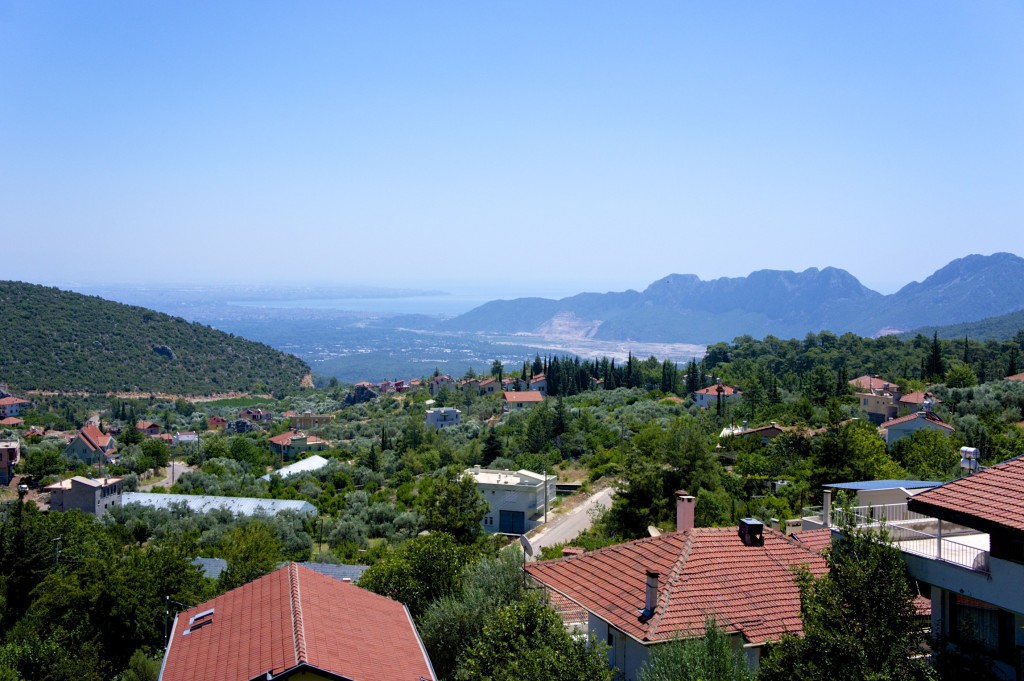

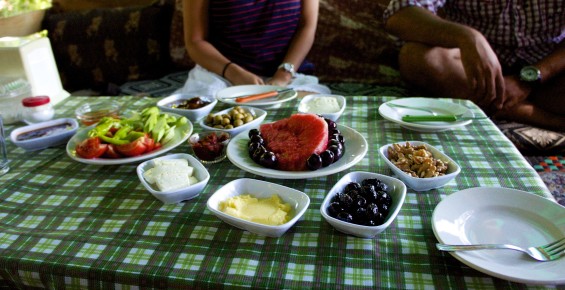

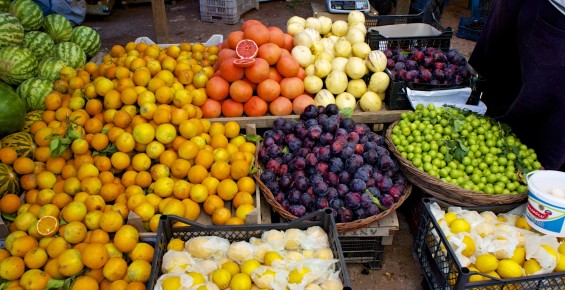
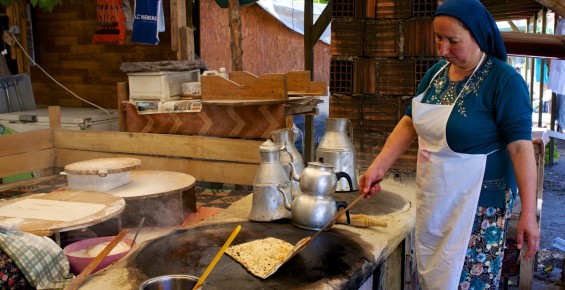
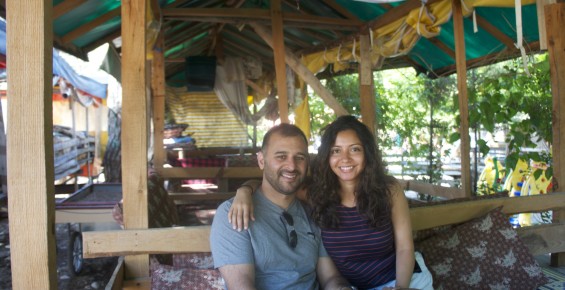
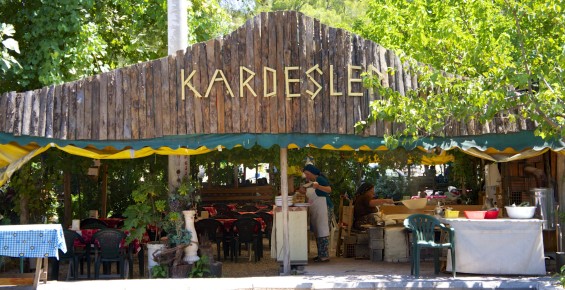

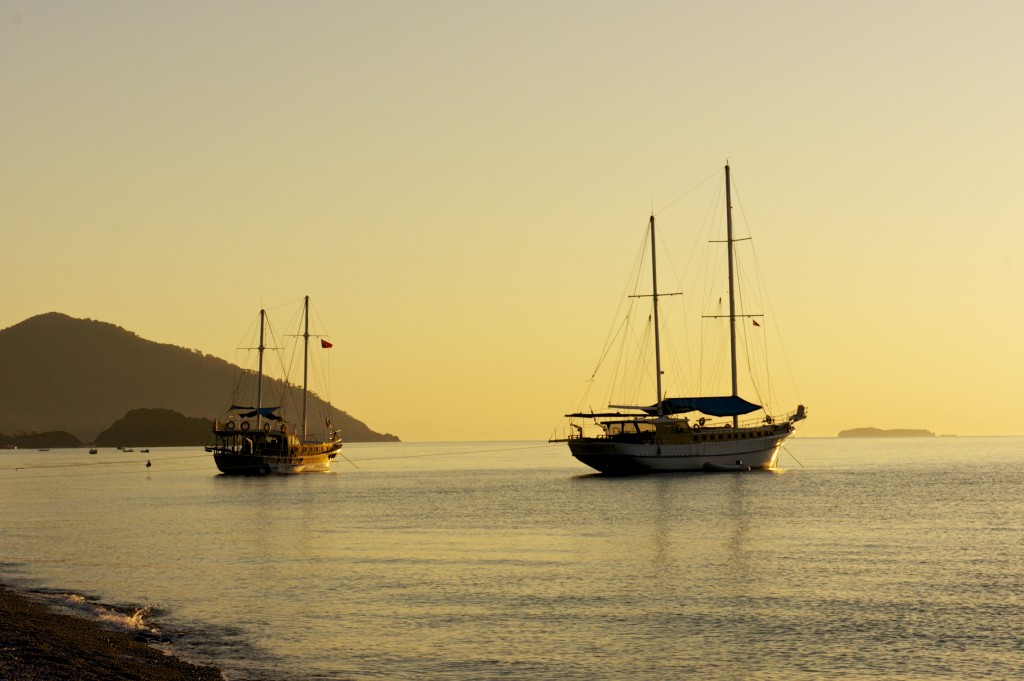
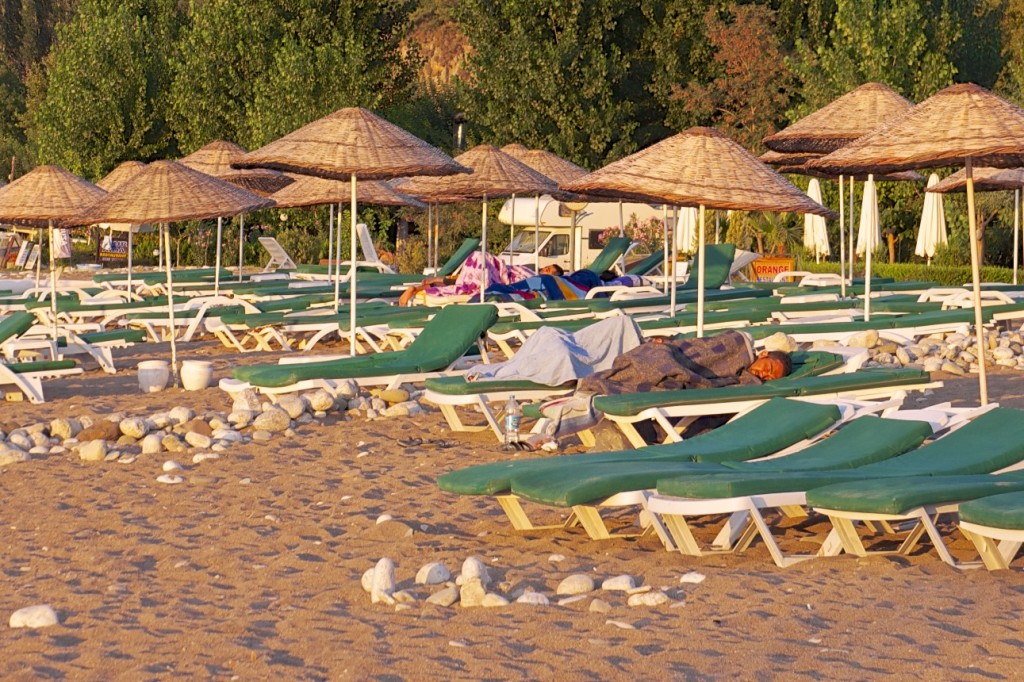
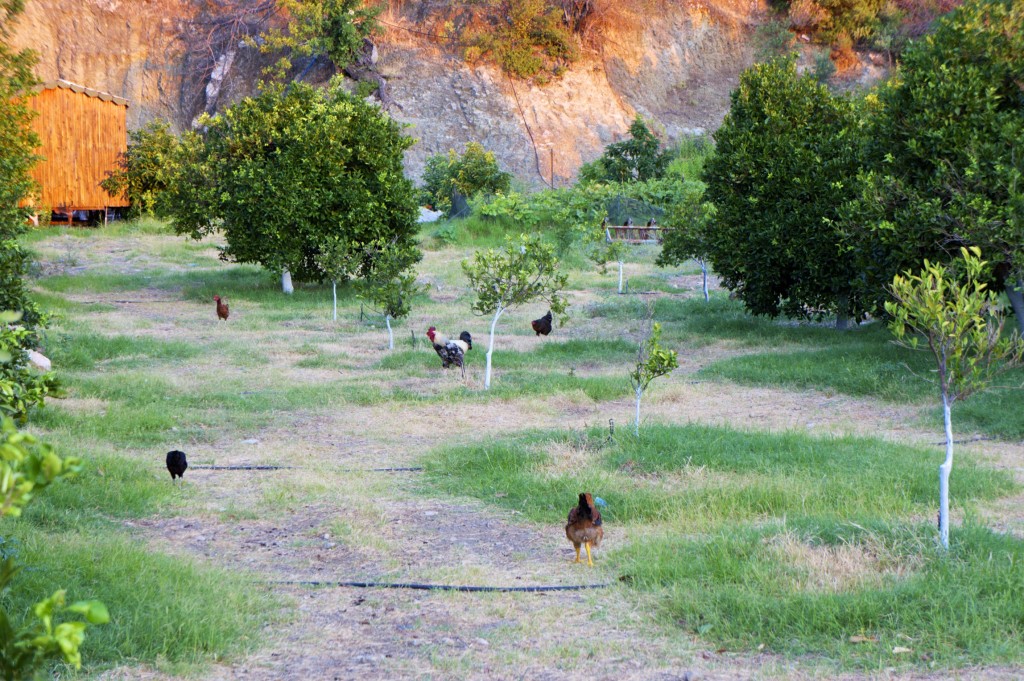
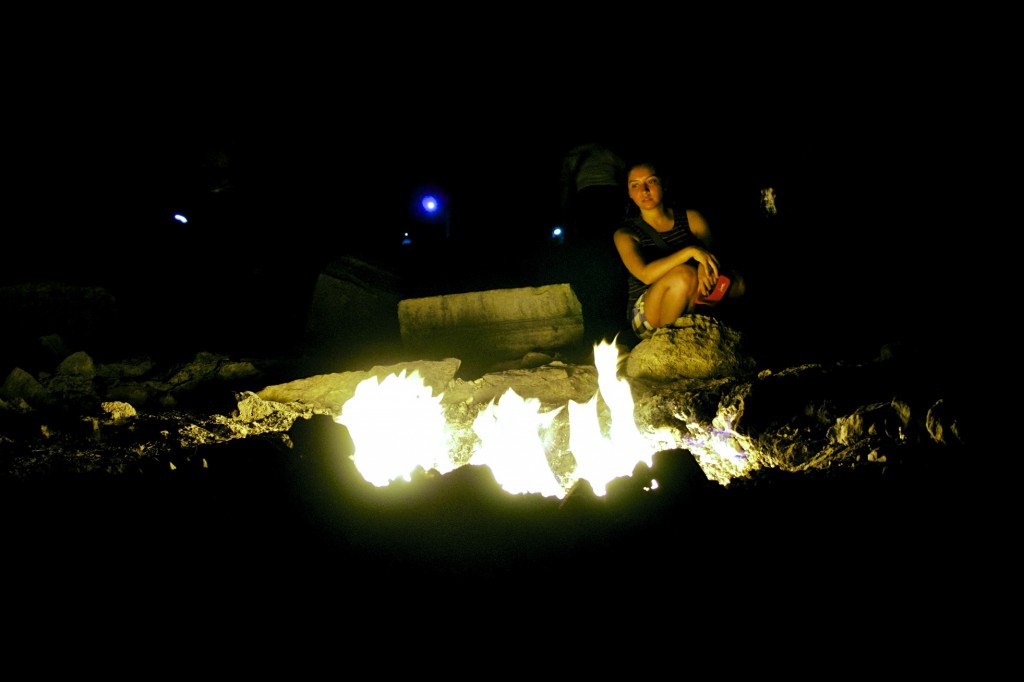
Hmmm….i know this place 🙂 Happy journeys!